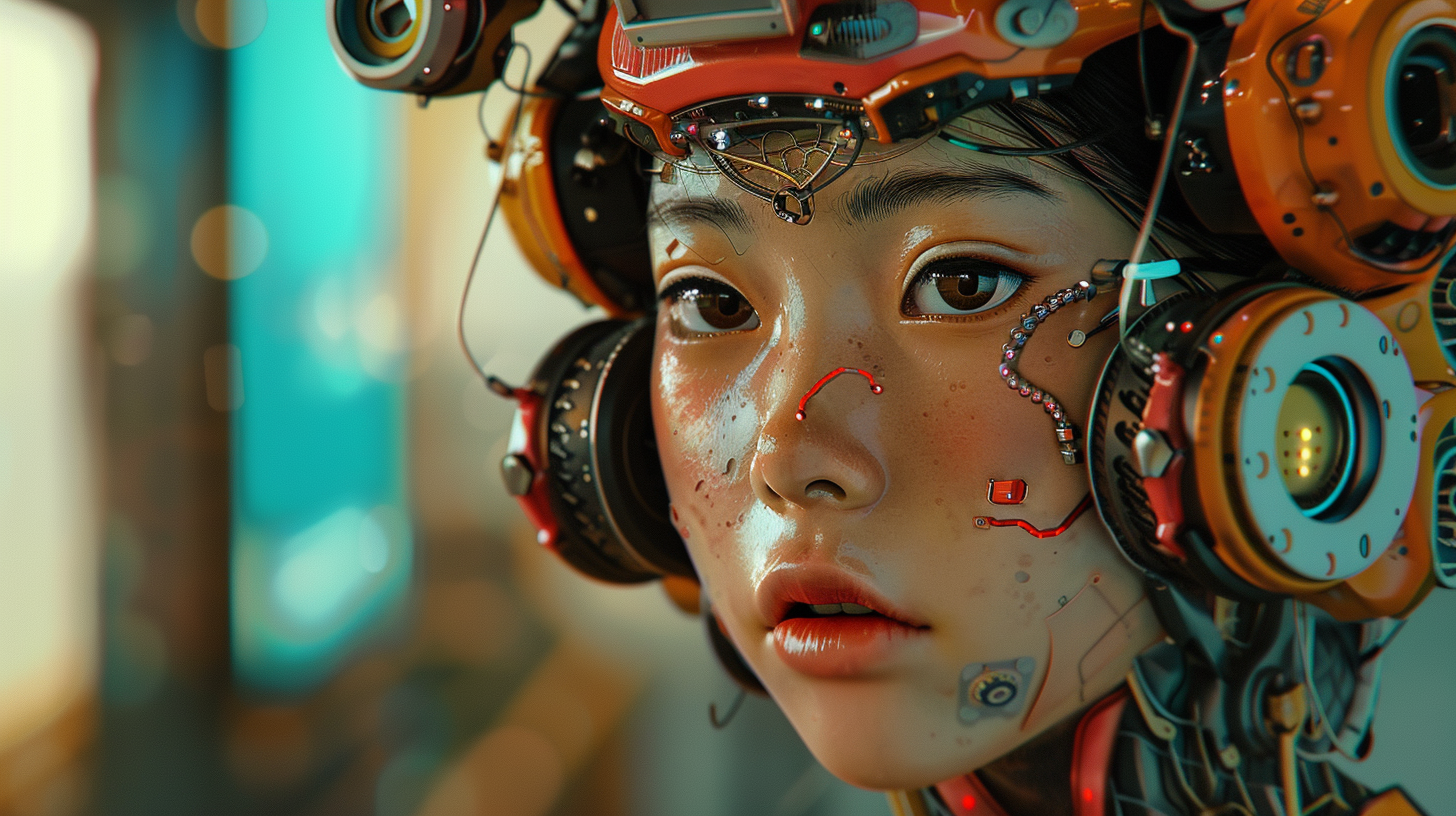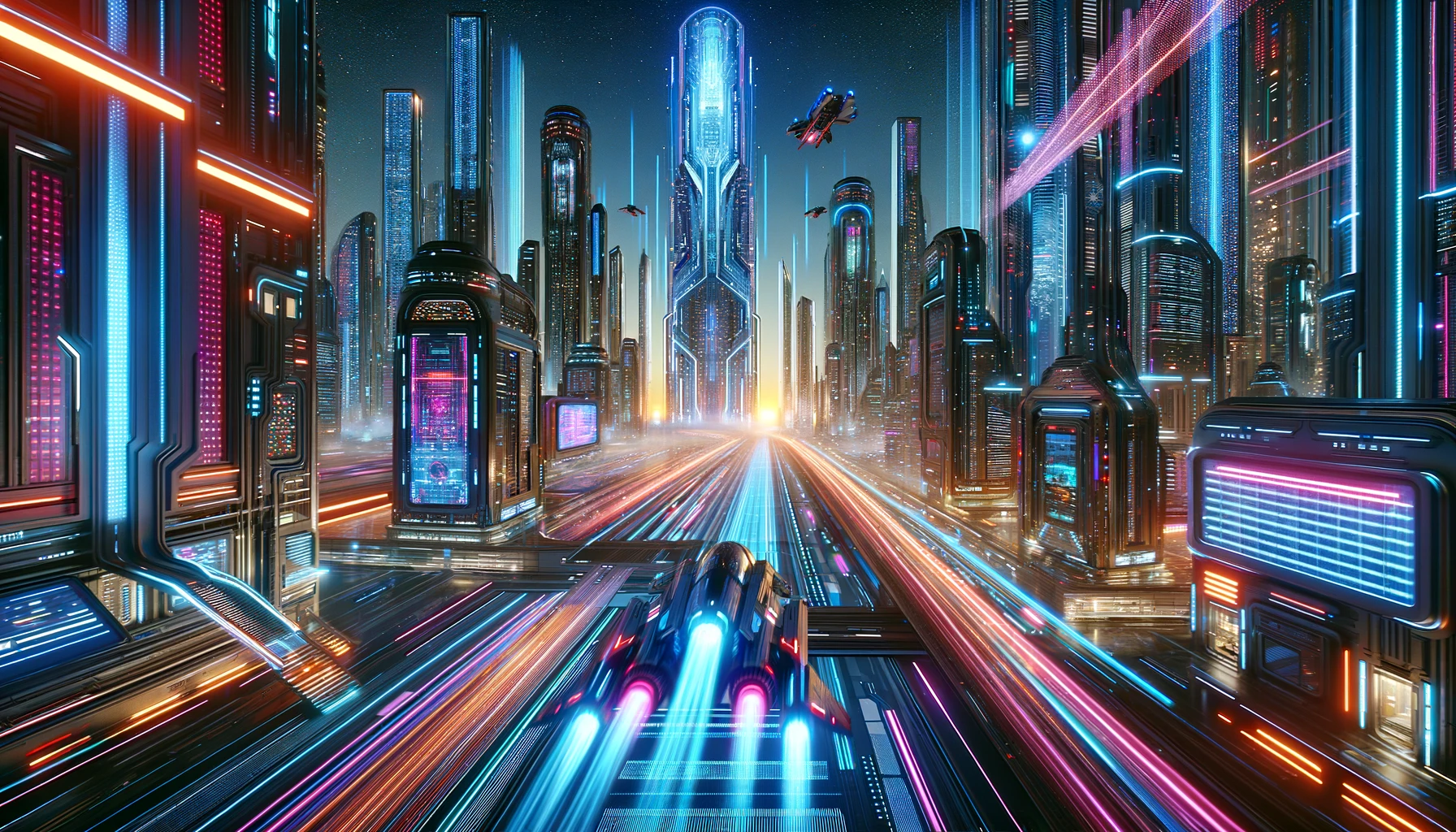TL/DR:
- The 7 Stages of AI range from rule-based systems to superintelligence, with Asia at the forefront of development.
- AGI, the holy grail of AI, could revolutionise industries and society, but raises ethical questions.
- Real-world examples in Asia showcase AI’s potential in various sectors, from healthcare to finance.
Introduction:
Embark on a captivating journey through the world of Artificial Intelligence (AI) as we explore the 7 Stages of AI, from basic rule-based systems to awe-inspiring superintelligence. Asia plays a pivotal role in this transformation, leading the charge in AI development and application across numerous sectors. Let’s discover the fascinating advancements in AI and their implications for the future.
Stage 1: The Baby Steps – Rule-Based Systems
Think of your old-school TV remote. It follows simple rules: press “up” to go higher, “down” to go lower. That’s Stage 1 AI – pre-programmed robots and algorithms that operate on fixed instructions. They may not be flashy, but they handle crucial tasks like traffic lights and industrial automation.
Stage 2: Learning to Remember – Context Awareness and Retention
Imagine a robot that remembers your preferred coffee temperature or the route you take to work. That’s Stage 2 – AI that stores and uses past data to adapt its behaviour. This unlocks possibilities like personalised recommendations, smarter chatbots, and even medical diagnosis support.
Stage 3: Masters of Their Domain – Domain-Specific Mastery
Enter the specialists – AI systems trained to excel in specific areas like medical imaging, financial analysis, or self-driving cars. Using advanced algorithms and massive datasets, they can diagnose diseases, predict market trends, and navigate roads with superhuman precision.
Stage 4: The Thinkers – Reasoning and Problem-Solving
Now, things get philosophical. Stage 4 AI can reason, draw conclusions, and even solve complex problems. Imagine a robot that analyses legal documents, negotiates contracts, or writes creative content. This is the stage where AI starts to think for itself, blurring the lines between machine and mind.
Stage 5: The Holy Grail – Artificial General Intelligence (AGI)
Artificial General Intelligence (AGI) represents the ultimate goal – AI that possesses human-level intelligence and can perform any intellectual task. Dr. Ben Goertzel, CEO of SingularityNET, describes AGI as “the creation of thinking machines that have the ability to understand, learn, adapt, and implement knowledge in a broad range of tasks at a level equal to or beyond human capacity.” AGI has the potential to revolutionise industries, society, and our daily lives, but it also raises ethical questions about job displacement and AI control.
AI and AGI in Asia: A Glimpse into the Future
Asia is not just witnessing the AI revolution; it’s actively driving it. Across the continent, AI is being applied in innovative ways to tackle real-world problems and enhance existing systems. Let’s look at some examples:
- Healthcare: China’s Infervision uses AI for early detection of lung cancer, improving diagnostic accuracy and enabling timely treatment.
- Finance: Japan’s SoftBank Robotics employs AI to power its humanoid robot, Pepper, for customer service, enhancing user experience and streamlining operations.
- Transportation: Singapore’s nuTonomy develops self-driving cars, which promise to increase road safety and reduce traffic congestion.
These examples demonstrate AI’s potential to improve efficiency, accuracy, and productivity across various sectors in Asia.
Stage 6 & 7: Beyond Human – Artificial Super Intelligence (ASI) and Singularity
Stage 6 takes us into uncharted territory, where AI surpasses human intelligence in all aspects. This is the realm of Artificial Super Intelligence (ASI), capable of achievements beyond our imagination. Stage 7, the Singularity, is a hypothetical point where technological advancement becomes uncontrollable and irreversible, potentially leading to profound changes in human civilisation.
Ethical Considerations and the Road Ahead
As we traverse the 7 Stages of AI, several ethical considerations emerge. Balancing AI’s potential benefits with its risks is crucial for a sustainable future. Asia, with its rapid AI development, must address these concerns proactively, ensuring that AI serves humanity’s best interests while minimising potential harm.
Conclusion: The 7 Stages of AI
The 7 Stages of AI represent an exhilarating journey, from simple bots to superintelligence. Asia stands at the heart of this revolution, pushing boundaries and exploring new possibilities. As we navigate this AI-powered future, understanding these stages will be vital in addressing the ethical, social, and economic challenges that lie ahead.
Watch the YouTube Video Below to Deep Dive This Even Further.
What are your thoughts on the AI Revolution in Asia? How do you think AGI and ASI will impact our lives and the world? Share your insights below and don’t forget to subscribe for updates on AI and AGI developments. Let’s build a community of AI enthusiasts together!
You may also like:




 Prompts1 month ago
Prompts1 month ago


 Life2 months ago
Life2 months ago


 Business2 months ago
Business2 months ago


 Life1 month ago
Life1 month ago


 Business1 month ago
Business1 month ago


 Business2 months ago
Business2 months ago


 Marketing1 month ago
Marketing1 month ago




 Learning2 months ago
Learning2 months ago
















